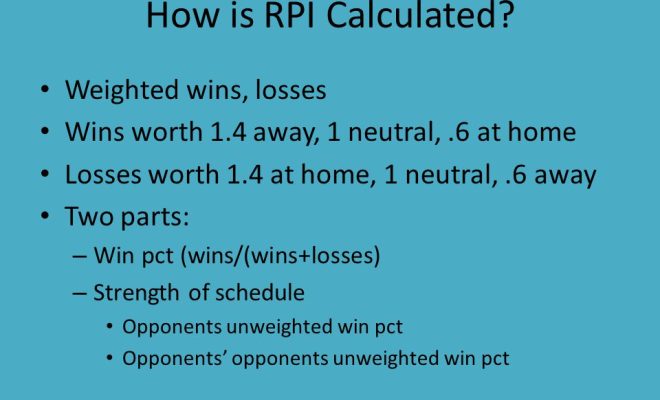How to calculate partial derivative

Partial derivatives play a crucial role in the realm of multivariable calculus. They analyze how a multivariable function behaves when one of its variables changes while the others remain constant. This article offers a clear and systematic guide on how to calculate partial derivatives for various types of functions.
Step 1: Understand the Concept of Partial Derivatives
Before diving into calculations, it’s essential to grasp the concept behind partial derivatives. In a function with multiple variables, a partial derivative is found by differentiating the function with respect to one variable while treating the other variables as constants.
Step 2: Identify the Variable in Question
In order to calculate a partial derivative, first identify the variable you want to differentiate with respect to. In most cases, this will be specified in the problem statement. For example, if you’re given a function f(x, y) and asked to find the partial derivative with respect to x (denoted as ∂f/∂x), then x is your variable of interest.
Step 3: Differentiate With Respect to the Variable
Now that you know which variable is your focus, differentiate the function with respect to that variable while treating all others as constants.
For example, consider a function f(x, y) = x^2 + xy + y^2. To find its partial derivative with respect to x (∂f/∂x), treat y as a constant and differentiate:
∂f/∂x = (2*x) + (y*1) + (0) = 2*x + y
Step 4: Calculate Partial Derivatives for Additional Variables (If Required)
If you’re asked to find partial derivatives with respect to other variables, repeat steps 2 and 3 for each variable.
Continuing from our example above, let’s find the partial derivative with respect to y (∂f/∂y). Keep x constant this time and differentiate:
∂f/∂y = (0) + (x*1) + (2*y) = x + 2*y
Step 5: Interpret the Results
Partial derivatives provide insights into how a multivariable function behaves in relation to specific variables.
In our example, the partial derivative ∂f/∂x = 2*x + y indicates how the function f(x, y) is changing with respect to x, while keeping y constant. Similarly, ∂f/∂y = x + 2*y shows how the function is changing with respect to y, while keeping x constant.
Conclusion
Understanding and calculating partial derivatives is a crucial skill in multivariable calculus. The key steps are identifying the variable you want to differentiate with respect to, differentiating while treating other variables as constants, repeating this process for any additional variables required, and finally interpreting the results. With practice and perseverance, mastering partial derivatives will become second nature.






